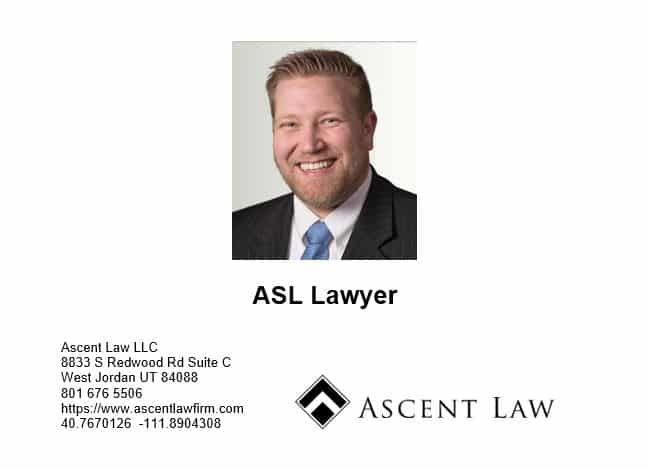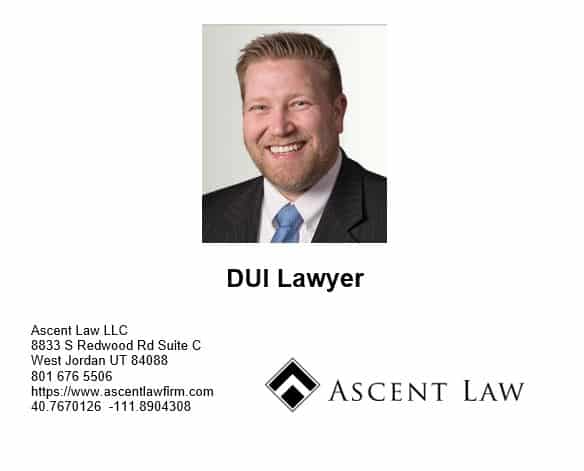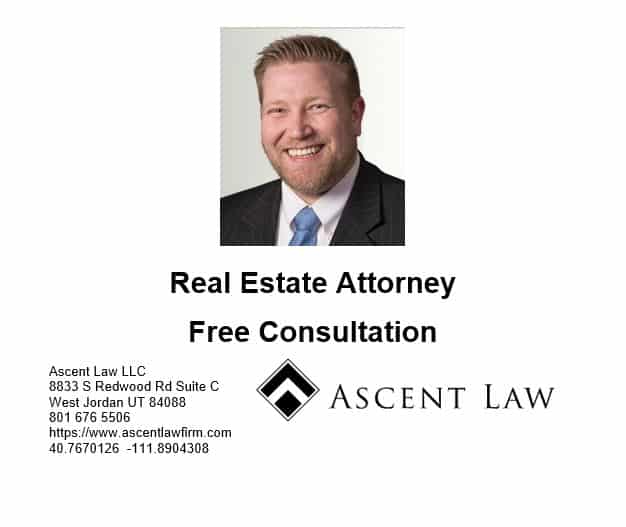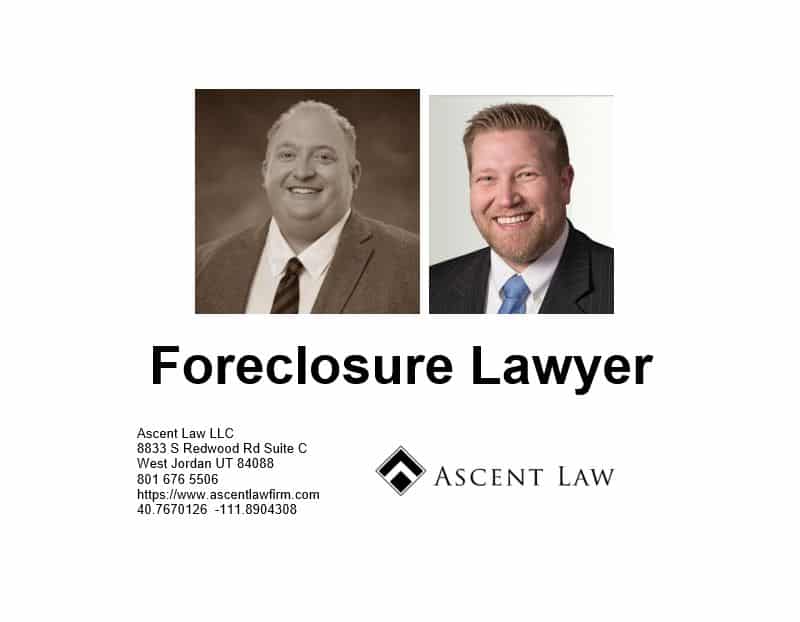
First things you need to make sure is that you must meet your state’s residency requirements before you file your petition (formal written request) for divorce in Bountiful, Utah. If you don’t, you won’t be able to start the divorce process. Each state sets its own laws regarding residency. The main factor in residency requirement laws is the period of time you’ve lived within the state where you plan to get divorced. Some states will let you file for divorce without a waiting period, if you currently live in the state. Others may require you to be a resident for anywhere up to a year before you can proceed with a divorce.
Grounds for Divorce In Bountiful, Utah
Divorces grounds are the legal reasons on which you’re basing your request that the court end your marriage. Grounds fall into two categories: fault-based and no-fault.
Fault-based grounds are those that require you to prove that your spouse did something wrong, which caused the divorce. Some typical grounds in this category are adultery, extreme cruelty (physical or mental), and desertion. Today, there aren’t many benefits to filing for a fault-based divorce. However, if your state views fault as a factor in determining alimony or division of marital property, it’s something to consider.
No-fault divorce is primarily based on “irreconcilable differences” or the “irretrievable breakdown of the marriage.” In short, these basically mean that you and your spouse can’t get along anymore, and there’s no reasonable prospect that you’ll reconcile. No-fault has become the avenue of choice in most divorces. There are various reasons for this. Because you don’t have to prove your spouse did something wrong, there’s typically less anxiety and tension during the divorce process. This is a big benefit, especially if there are children involved. Also, when you don’t have to fight about fault, the divorce may move more quickly. And, less arguing almost always translates into lower legal fees.
Child Custody and Parenting Time (Visitation) In Bountiful, Utah
Custody is frequently a hotbed issue in a divorce in Bountiful, Utah. But it’s important to note that custody isn’t the all-or-nothing proposition many people think it is. In deciding custody and parenting time issues, the law requires judges to think in terms of “the best interests of the child.” To the degree possible, that usually means having both parents actively involved in the child’s life. In light of this, “joint legal custody” is often the ideal outcome of a custody case. In this scenario, both parents have a say in the most important decisions in a child’s life, such as education, religious upbringing, and non-emergency medical treatment. “Sole legal custody” means only one parent is the decision-maker, but that’s much more the exception than the rule today. Joint legal custody doesn’t necessarily translate into “joint physical custody,” where a child lives with each parent anywhere from a few days a week to literally six months a year. For any number of reasons, joint physical custody may not be feasible or advisable. In that case, a court will award physical custody to one parent (“sole physical custody”), but normally provide the other parent with a parenting time schedule. A typical parenting schedule will have a parent spending time with the child one or two evenings a week, and every other weekend, perhaps with extended time during the summer. But judges will look at parenting time on a case-by-case basis, and try to tailor a plan that best suits both parents’ schedules.
Bountiful Utah Divorce and Child Support
Both parents are responsible for financially supporting their children. Bountiful, Utah utilizes child support guidelines to calculate how much money a parent must contribute. The amount of support owed is primarily based on a parent’s income, as well as the amount of time the parent will be spending with the child. Child support will usually also encompass other elements, such as a child’s medical needs (like health insurance and medical bills not covered by insurance).
Bountiful Utah Alimony in a Divorce
The laws regarding alimony, which is also known as “spousal support” or “maintenance,” have evolved over the years. The current trend is away from lifetime or permanent alimony, which is now typically reserved only for long-term marriages generally considered to be anywhere from 10 to 20 or more years, depending on your state. For example, one type of limited spousal support is called “rehabilitative” alimony. Judges will award this for a period of time they believe will allow a spouse to viably enter the workforce, or perhaps learn certain skills that will make the spouse more employable. The object is to have the spouse become self-sufficient. Another type of short-term spousal support is “reimbursement” alimony, often awarded in short marriages where one spouse contributed to the other’s pursuit of a college or graduate school degree. The theory is that contributing spouses deserve to be repaid for the effort and costs they expended in furthering the other spouse’s education.
Some common factors a court considers when awarding alimony in Bountiful, Utah are:
• a spouse’s actual need, and the other spouse’s ability to pay
• the length of the marriage
• each spouse’s age and health (both physical and emotional)
• each spouse’s earning capacity and level of education
• parental responsibilities for the children
• the division of marital property between the spouses, and
• income available to either spouse through investment of that spouse’s assets.
Distribution of Property in a Divorce Bountiful Utah
In most divorces in Bountiful, Utah couples will have to divide property and debts. The general rule is that family courts will divide a couple’s marital property meaning property they acquired during the marriage. This would include assets such as real estate, bank accounts, and so forth. How a court goes about doing this depends on whether you live in an “equitable distribution” state or a “community property” state. Most states follow the principle of equitable distribution. This means that the court will divide the marital property between you and your spouse based on the facts of your case. Whatever the judge feels is fair in your particular set of circumstances will determine how the judge distributes the property, it’s not guaranteed that each spouse will get an equal amount. In a community property state, the court will divide all marital assets on a 50-50 basis, unless there is some reason to deviate from this standard rule. In both equitable distribution states and community property states, you usually get to keep any property that you own separately. Separate property generally includes any assets you owned before the marriage and some types of property you may have acquired during the marriage, such as gifts and inheritances. If something is confirmed as “separate property,” it will remain exclusively yours and won’t be divided between you and your spouse during the divorce.
The Divorce Process In Bountiful, Utah.
A divorce starts with a divorce petition. The petition is written by one spouse (the petitioner) and served on the other spouse. The petition is then filed in a state court in the county where one of the spouses resides. It does not matter where the marriage occurred. The petition includes important information regarding the marriage. It names the husband, wife and any children and states if there is any separate property or community property, child custody, and child or spousal support.
Serving the Divorce Petition In Bountiful, Utah.
The petition (or the divorce papers) must be served on the other spouse. This phase of the process is called “service of process.” If both spouses agree to the divorce, the other spouse only needs to sign an acknowledgement of the receipt of service. However, if the other spouse refuses to sign or is difficult to locate, you can hire a professional process server to personally deliver the papers. Completing service of process starts the clock running on your state’s waiting period. It also sets automatic restraining orders on the spouses and helps establish the date of separation. At this point, the spouses are not permitted to take any children out of state, sell any property, borrow against property, or borrow or sell insurance held for the other spouse.
Divorce Petition Response
The other spouse is known as the “respondent.” Although it’s not required, the respondent can file a response to the petition saying he or she agrees. Filing a response shows both parties agree to the divorce. This makes it more likely the case will proceed without a court hearing, which could delay the process and cost more. Generally, if a response is not filed within 30 days, the petitioner can request that a default be entered by the court. The responding spouse can also use the response to disagree with information presented in the petition.
Final Steps of a Divorce
Both spouses are required to disclose information regarding their assets, liabilities, income and expenses. If the divorce is uncontested and the spouses can agree on the terms of the divorce, there is only a bit more paperwork to file. Once the court enters the judgment, the divorce is final. However, the marriage is not formally dissolved and the spouses cannot remarry until the end of the state’s waiting period. If there are disputes that cannot be resolved, court hearings and maybe even a trial will be required.
The Different Kinds of Divorce In Bountiful Utah.
There’s not just one way to divorce. The differences can be in the law, like fault or no-fault, or in the way you and your spouse approach it, like uncontested, contested, or default. No matter how you slice it, divorce is expensive and time-consuming. The most important variable is how well you and your spouse are able to put aside your anger and grief and cooperate on the big issues of money and children. The better you are at working together to make decisions for your changing family structure, the better for your bank account and for your chances of emerging from the divorce with a decent relationship with your ex.
Uncontested Divorce
The best choice, if you can make it happen, is an uncontested divorce. That’s one in which you and your spouse work together to agree on the terms of your divorce, and file court papers cooperatively to make the divorce happen. There will be no formal trial, and you probably won’t have to ever appear in court.
Default Divorce
The court will grant a divorce by “default” if you file for divorce and your spouse doesn’t respond. The divorce is granted even though your spouse doesn’t participate in the court proceedings at all. A default divorce might happen, for example, if your spouse has left for parts unknown and can’t be found.
Fault and No-Fault Divorce
In the old days, someone who wanted a divorce had to show that the other spouse was at fault for causing the marriage to break down. Now, every state offers the option of “no-fault” divorce. In a no-fault divorce, instead of proving that one spouse is to blame, you merely tell the court that you and your spouse have “irreconcilable differences” or have suffered an “irremediable breakdown” of your relationship.
Mediated Divorce
In divorce mediation, a neutral third party, called a mediator, sits down with you and your spouse to try to help you resolve all of the issues in your divorce. The mediator doesn’t make any decisions; that’s up to you and your spouse. Instead, the mediator helps you communicate with each other until you can come to an agreement.
Collaborative Divorce
Collaborative divorce involves working with lawyers, but in a different way from the usual expectation. You and your spouse each hire lawyers who are trained to work cooperatively and who agree to try to settle your case. Each of you has a lawyer who is on your side, but much of the work is done in cooperation. Each of you agrees to disclose all the information that’s necessary for fair negotiations, and to meet with each other and both lawyers to discuss settlement. You all agree that if your divorce doesn’t settle through the collaborative process, your original attorneys will withdraw and you’ll hire different attorneys to take your case to trial.
Divorce Arbitration
In arbitration, you and your spouse agree that you’ll hire a private judge, called an arbitrator, to make the same decisions that a judge could make, and that you will honor the arbitrator’s decisions as if a judge had made them.
Contested Divorce
If you and your spouse argue so much over property or child custody that you can’t come to an agreement, and instead take these issues to the judge to decide, you have what’s called a contested divorce. You’ll go through a process of exchanging information, settlement negotiations, hearings, and, if you can’t resolve the case after all that, a court trial. If this sounds like your situation, you’ll want to talk to a lawyer.
Divorce In Bountiful Utah
When you need to get divorced and you live in Bountiful Utah, please call Ascent Law LLC for your free consultation (801) 676-5506. We want to help you.
8833 S. Redwood Road, Suite C
West Jordan, Utah
84088 United States
Telephone: (801) 676-5506
Recent Posts
Corporate Lawyer Farmington Utah
Can I Get A Divorce Without My Spouse Knowing?
{
“@context”: “http://schema.org/”,
“@type”: “Product”,
“name”: “ascentlawfirm”,
“description”: “Ascent Law helps you in divorce, bankruptcy, probate, business or criminal cases in Utah, call 801-676-5506 for a free consultation today. We want to help you.
“,
“brand”: {
“@type”: “Thing”,
“name”: “ascentlawfirm”
},
“aggregateRating”: {
“@type”: “AggregateRating”,
“ratingValue”: “4.9”,
“ratingCount”: “118”
},
“offers”: {
“@type”: “Offer”,
“priceCurrency”: “USD”
}
}
Ascent Law St. George Utah Office
Ascent Law Ogden Utah Office
The post Divorce Bountiful first appeared on Michael Anderson.





